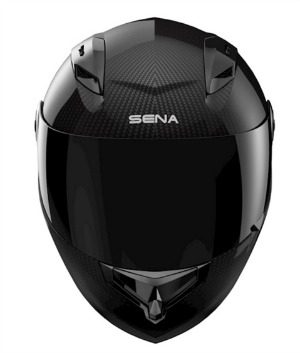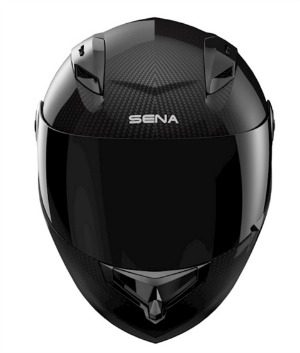They say that silence is golden, but it is a difficult thing to find in the places where motorcycles are ridden. Therefore, all motorcycle helmets afford a limited, yet varying, degree of noise reduction.

Let’s examine the factors that will determine your helmet’s noise reduction ability.
The first factor in your helmet’s capability to reduce noise is simply the helmet type. *Face-palm. Open-faced helmets allow the most noise. This includes half-helmets, three-quarter face helmets and skull caps, none of which should be a consideration in the first place (but that’s another matter altogether).
Even when your ears are covered, your face is still exposed to the air, so you have nothing directly to your front even if your motorcycle has a windshield. This leaves only full-face helmets, which are by far the quietist alternative, since they cover the entire face.
The second factor involved is venting.
Generally the more ways that the air can flow through your helmet, the more you will hear the air moving. Obviously you will not find many vents on helmets that are not full-face. However, the venting option on full-face helmets can vary widely. Some types have many outlets and vents, while other have few. Moreover, the position of the vents will vary from model to model. Some models have single forehead vents, while other have two vents on the helmet’s top. Every design moves air in different ways.
The third factor is the aerodynamics or external design of the helmet.
The more ways there are for the air to move around your helmet, the more possibilities there are to hear air moving. Protrusions, such as ridges and fins, might contribute to turbulence and, thereby, noise generation if they are not properly designed. Also remember that your face is just a little less aerodynamic than the front of a full-face helmet…well, hopefully anyway.
The fourth and final factor for consideration in terms of helmet noise is the seal that is created by the visor of your full-face helmet.
Some models have visors that may be left a little open through a system of ratcheting. In the worst case scenarios, the visor will not quite form a seal tightly with your helmet. Even the smallest opening will create a huge vent that will run the entire width of the facial opening. The sole difference is that the air will not necessarily go through the helmet as quickly as it would if you had opened the eyebrow, chin or forehead visor. Therefore, the turbulence that results is bound to create a lot of noise. The only sure way to get rid of that noise is to completely close your visor. Just hope that the visor seal on your helmet is tight.

Sena is also working on a noise canceling helmet. Shoei and Schuberth also use wind tunnel tests, so it is a safe bet that their helmets are aerodynamically sound. Choosing a quiet helmet involves more than just making sure it fits properly, the design and placement of the vents are also important.
However, there are ways to help reduce noise no matter which helmet you choose. A neck or chin curtain will aid in airflow reduction from the helmet’s bottom. You can also rely on the tried and tested method of using earplugs. You cannot do better than custom fit earplugs, but the mass-produced kind will get the job done well enough.
Always remember that there will never be such a thing as a perfectly quiet helmet. It is just that some are quieter than others. It is up to you to decide the level of noise reduction that you are comfortable with, but the above guide should help you to find that perfect level for you.


